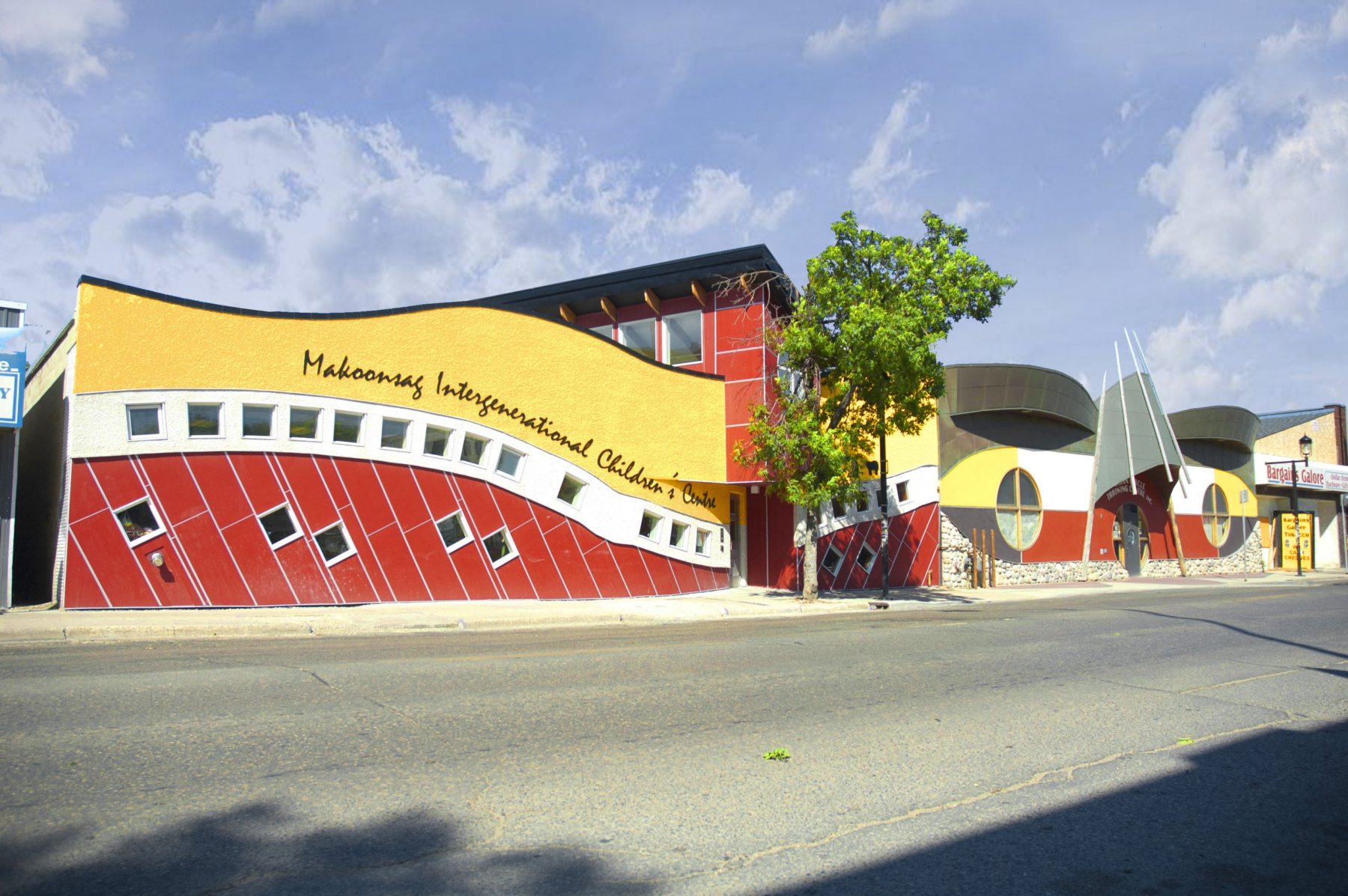7 architects infusing design with an Indigenous perspective
Their projects showcase a different way of thinking about the built environment.

A rendering shows Formline’s design for Saskatoon’s New Central Library. – Formline
Diversity is a strength when it comes to design and these architects are adding much-needed insight into Canada’s built environment. Many of them have cited nature as a major inspiration for their work as well as Indigenous culture. It’s also worth noting that many of these designers have achieved firsts in their field for Indigenous people and are using their skills to design purpose-built projects for Indigenous communities. This is by no means an exhaustive list, but merely an overview of the impact Indigenous architects are having on the country’s spaces.
Douglas Cardinal

Calgary-born Douglas Cardinal, who has Blackfoot ancestry, has become a forerunner of philosophies of sustainability, green buildings and ecologically designed community planning. His architecture springs from his observation of Nature and its understanding that everything works seamlessly together. Cardinal’s has countless professional achievements including 20 honorary doctorates, Gold Medals of architecture in Canada and Russia, and an award from United Nations Educational Scientific and Cultural organization (UNESCO) for best sustainable village. He was also titled an Officer of the Order of Canada and was awarded the declaration of being “World Master of Contemporary Architecture” by the International Association of Architects.
David Fortin

David Fortin of David T Fortin Architect has been on a journey to rediscover traditional Métis architecture. He spent years investigating architecture in the Prairies to uncover what the lives of Métis people were like and how their culture informed the design of their buildings. He is the first Indigenous person to direct a school of architecture in Canada, and was co-curator, with Gerald McMaster, of “UNCEDED: Voices of the Land”, Canada’s official entry to the Venice Biennale in 2018.
Alfred Waugh
Chipewyan architect Alfred Waugh is the president and founder of Formline Architecture. He and his firm specialize in culturally and environmentally sensitive projects and has extensive experience with First Nations, cultural societies, and educational institutions. Born and raised in Yellowknife, N.W.T, he was the first Aboriginal person to graduate with honours from University of British Columbia’s School of Architecture in 1993 and become LEED certified and a registered architect.
Eladia Smoke

Eladia Smoke, founder of Smoke Architecture, is Anishinaabekwe from the Lac Seul First Nation. She has served on the RAIC’s Indigenous Task Force since its inception, 2015, and is on the UNCEDED international team of Indigenous designers and architects. Her firm focuses on First Nations and Indigenous projects. Most recently, Smoke and her team have been working on a mass-timber, zero-carbon, $112-million addition at Centennial College. The facility will feature a button-activated smudging system that allows for Indigenous people to more easily do traditional smudging traditions.
Brian Porter

Brian Porter of the Oneida Nation the the principal for Two Row Architect has told reporters that his goal is to incorporate Indigenous values into his designs. Two Row is named after the Two Row Wampum belt, which signifies a centuries-old agreement between settlers and Indigenous peoples. Since its inception in 1992, the firm has focused on providing services to projects for Indigenous clients as well as those that incorporate Indigenous cultural ideologies and teachings which are manifested in architectural form.
Wanda Dalla Costa

Wanda Dalla Costa, a member of the Saddle Lake First Nation, was the first First Nations woman in Canada to become a registered architect. She has spent nearly 20 years working with Indigenous communities and her company, Redquill Architecture, is based in Phoenix, Arizona. Dalla Costa currently serves as the Visiting Eminent Scholar at the School of Sustainable Engineering and the Built Environment at Arizona State University.
Patrick Stewart

Nisga’a architect Patrick Stewart was the first Aboriginal president of an Architectural Association in Canada, the first Aboriginal architect to become the president of the Architectural Institute of BC and the first Aboriginal person in the province to own and operate an architectural firm. He is the founding principal of Patrick R. Stewart Architect (PRSA), a full-service architectural firm, with a First Nations community development focus.

